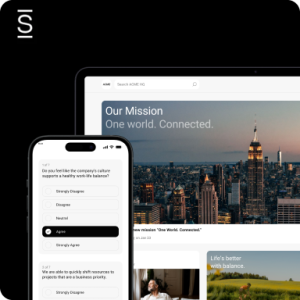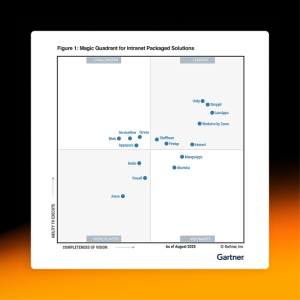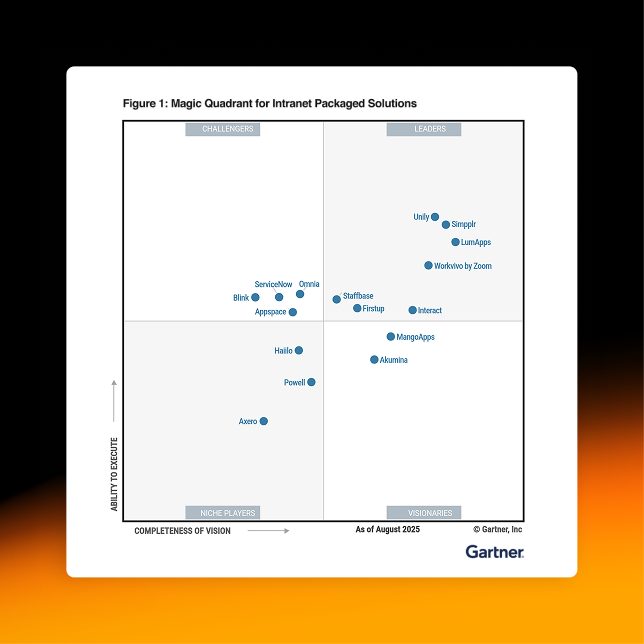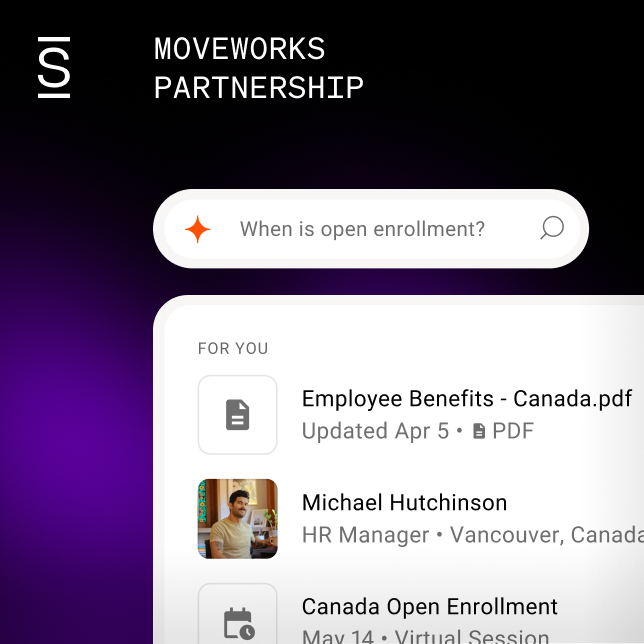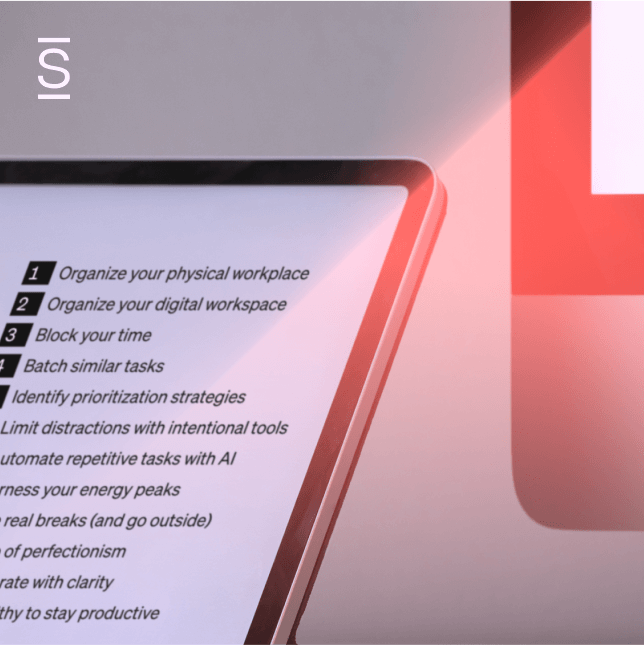Are your employees struggling with stress and burnout? Explore proven strategies for creating a supportive work environment and promoting employee well-being — while sustaining productivity.
Many organizations grapple with the challenges of maintaining productivity, and the knee-jerk reaction might be to increase task assignments to boost output. But this approach often exacerbates an already prevalent issue: employee stress and burnout.
According to a Deloitte survey, more than one out of three employees feel exhausted, stressed and overwhelmed — and people leaders often fail to understand or address this concern. This raises a crucial question: What are the root causes of employee stress and burnout, and how can you effectively identify and mitigate them?

Why employees experience stress and burnout
Despite how common burnout has become and the impact it has on employees’ engagement and productivity, some people leaders still don’t understand its causes.
1. Employees are overworked
When employees are constantly faced with an overwhelming volume of tasks and deadlines, their stress levels skyrocket. This chronic pressure not only diminishes productivity but also takes a toll on their mental and physical well-being.
Overwork remains one of the leading causes of burnout in modern workplaces.
To address this problem, implement strategies to monitor and manage workloads effectively, including:
- Provide realistic timelines
- Prioritize tasks
- Offer resources or support to alleviate excessive burdens
And it’s essential to foster a culture that encourages work-life balance and emphasizes the importance of rest and rejuvenation.
2. Managers fail to recognize high-performing team members
Another significant contributor to burnout is the failure to acknowledge employees’ contributions adequately — or at all. When individuals feel their efforts go unnoticed or unappreciated, it can lead to feelings of disillusionment and disengagement.
Prioritize employee recognition as a fundamental aspect of your culture. This involves not only acknowledging exceptional work but also publicly celebrating employees’ achievements, both big and small.
By fostering a culture of appreciation, you can instill a sense of value and belonging among employees to reduce the risk of burnout.
Pro tip: Tailor recognition — whether in the form of praise, awards or incentives — to individual preferences and accomplishments. Consider leveraging a unified employee experience platform with built-in Recognition & Rewards that align to company values and that enables personalized, peer-to-peer recognition.
Related: Employee recognition — The secret to overcoming talent shortages
3. Employees feel that they are inadequately compensated for their work
A whopping 87% of employees say that fair compensation should be a top organizational priority. Fair compensation is key to deepening workers’ sense of well-being and preventing stress and burnout. While financial rewards alone might not fully motivate employees, inadequate compensation can exacerbate feelings of stress and dissatisfaction.
Strive to offer competitive salaries and benefits that reflect the value of employees’ contributions.
This includes conducting regular reviews of compensation packages to ensure they remain aligned with industry standards and employees’ expectations.
Additionally, be transparent around compensation policies and opportunities for advancement to help alleviate concerns about financial stability and promote trust. By demonstrating a commitment to fair compensation, you can mitigate financial stressors and cultivate a more supportive and sustainable work environment.
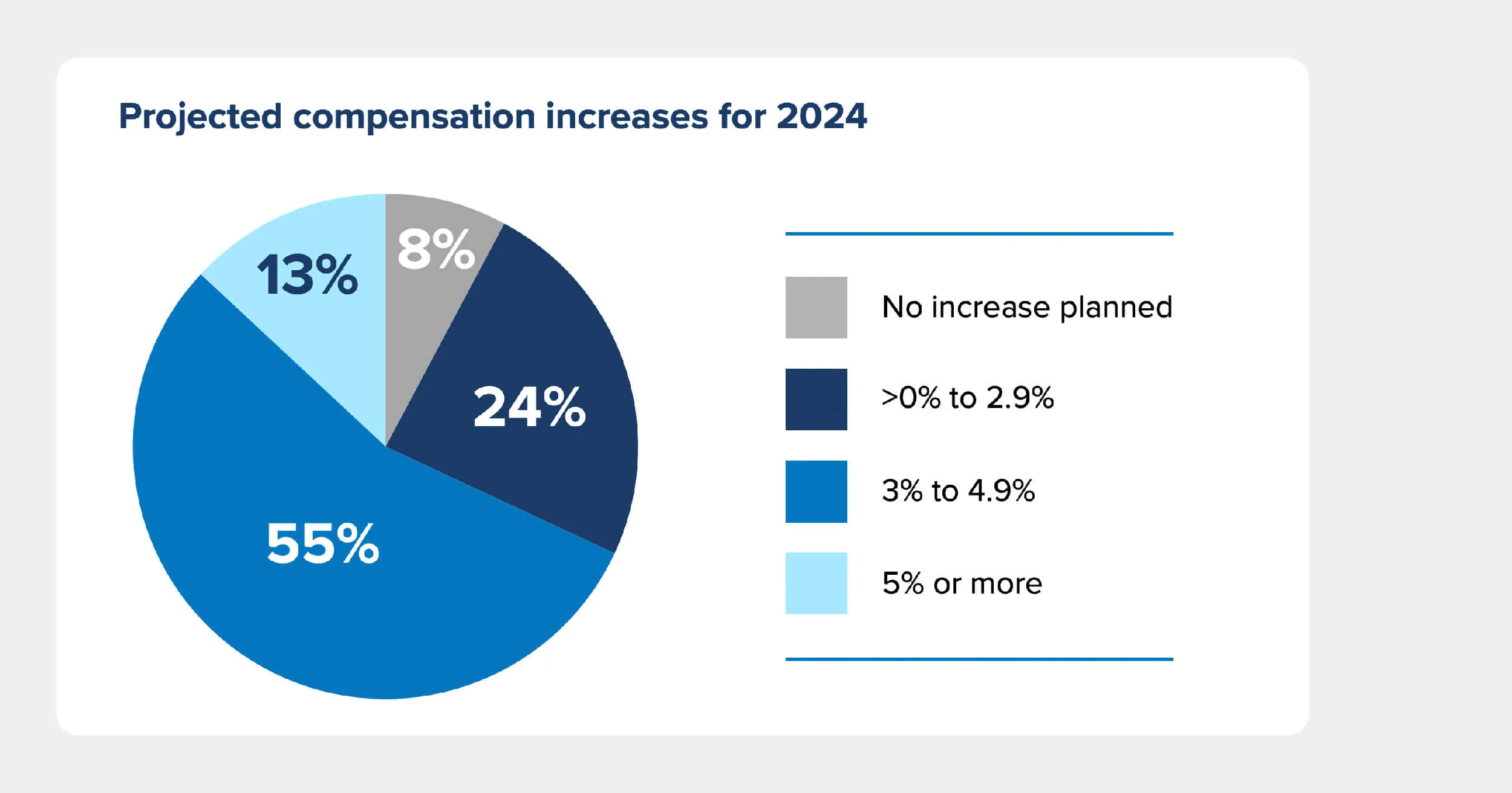
Related: 6 signs of employee burnout
How to prevent employee stress and burnout at your organization
You can implement a range of strategies and policies to identify and address situations where there is a risk of burnout. Here are some of the most effective.
1. Prioritize psychological safety
Empower employees to express their thoughts, share concerns, and propose ideas without the fear of judgment or reprisal. This includes creating opportunities for employees to highlight the parts of their daily work that cause them the most stress and encouraging them to contribute solutions.
Creating a work environment where psychological safety is prioritized lays the foundation for open communication and innovation.
People leaders can foster psychological safety by:
- Actively listening to employees
- Valuing diverse perspectives
- Addressing conflicts constructively
Establishing channels for anonymous feedback can also encourage candid communication and help identify areas for improvement.
Related: Next in EX — Enabling employee empowerment and voice
2. Invest in training and development
Investing in employee training and development is crucial for maintaining a skilled and adaptable workforce. By offering comprehensive training programs, workshops and learning resources, you can empower employees to continually enhance their skills and stay abreast of industry trends.
Providing opportunities for professional growth boosts employee morale and job satisfaction AND boosts productivity and innovation.
Another benefit? Employee retention. Failing to provide sufficient employee training and development increases the risk of losing talent to competitors that offer more comprehensive development programs.
Related: How to foster professional development
3. Promote teamwork and collaboration
Promoting a culture of teamwork and collaboration creates synergy and builds collective success.
Encourage collaboration by fostering an inclusive environment where every voice is heard and respected.
Team-building activities, cross-functional projects, and collaborative problem-solving sessions can strengthen interpersonal relationships and break down silos between departments. Recognizing and celebrating team achievements reinforces a sense of unity and motivates employees to work towards common goals.
Pro tip: Offer a Digital Work Hub that enables employees to stay connected and collaborate no matter how or where they work.
4. Reduce digital friction
Streamlining digital workflows and minimizing unnecessary technological obstacles can significantly alleviate employee stress and burnout. By simplifying interfaces, enhancing user experience, and ensuring seamless integration of digital tools, employees can accomplish tasks more efficiently and with less frustration.
This reduction in daily technological hassles allows employees to focus their energy on meaningful work rather than troubleshooting or navigating cumbersome systems.
The result? A lighter mental load, more enjoyable work, and a lot less stress stemming from dealing with digital inefficiencies. This not only boosts productivity but also fosters a healthier work environment, ultimately contributing to reduced employee burnout.
Related: Next in EX — Unifying employee experience technology
5. Hold regular all-hands meetings
All-hands meetings serve as a platform for transparent communication and alignment across the organization. They provide an opportunity for leadership to share updates on company goals, strategies and performance metrics while also soliciting feedback and addressing employee concerns.
By fostering open dialogue and transparency, all-hands meetings cultivate a culture of trust and accountability.
Plus, showcasing employee achievements and milestones during these meetings can boost morale and cultivate a sense of pride and belonging among team members.
Creating a culture of support and connection is the answer to preventing burnout
Creating a positive and supportive work environment requires concerted effort and commitment from people leaders and executive leadership. By establishing clear values, embodying these values in your actions, and articulating a compelling mission and vision, you can shape a culture that prioritizes employee well-being and resilience.
Addressing employee burnout demands a multifaceted approach that encompasses workload management, recognition, compensation and organizational culture. Implement the proactive strategies covered in this article and focus on fostering a supportive work environment to mitigate the risk of employee stress and burnout and build a thriving workforce.
How Simpplr can help
Simpplr is the only platform that unifies employee engagement, enablement and services, leveraging state-of-the-art AI models to deliver a seamless, cohesive and personalized employee experience. Request a demo to learn how this AI-powered EX platform will keep your employees connected and engaged and enable them to do their best work from anywhere!


